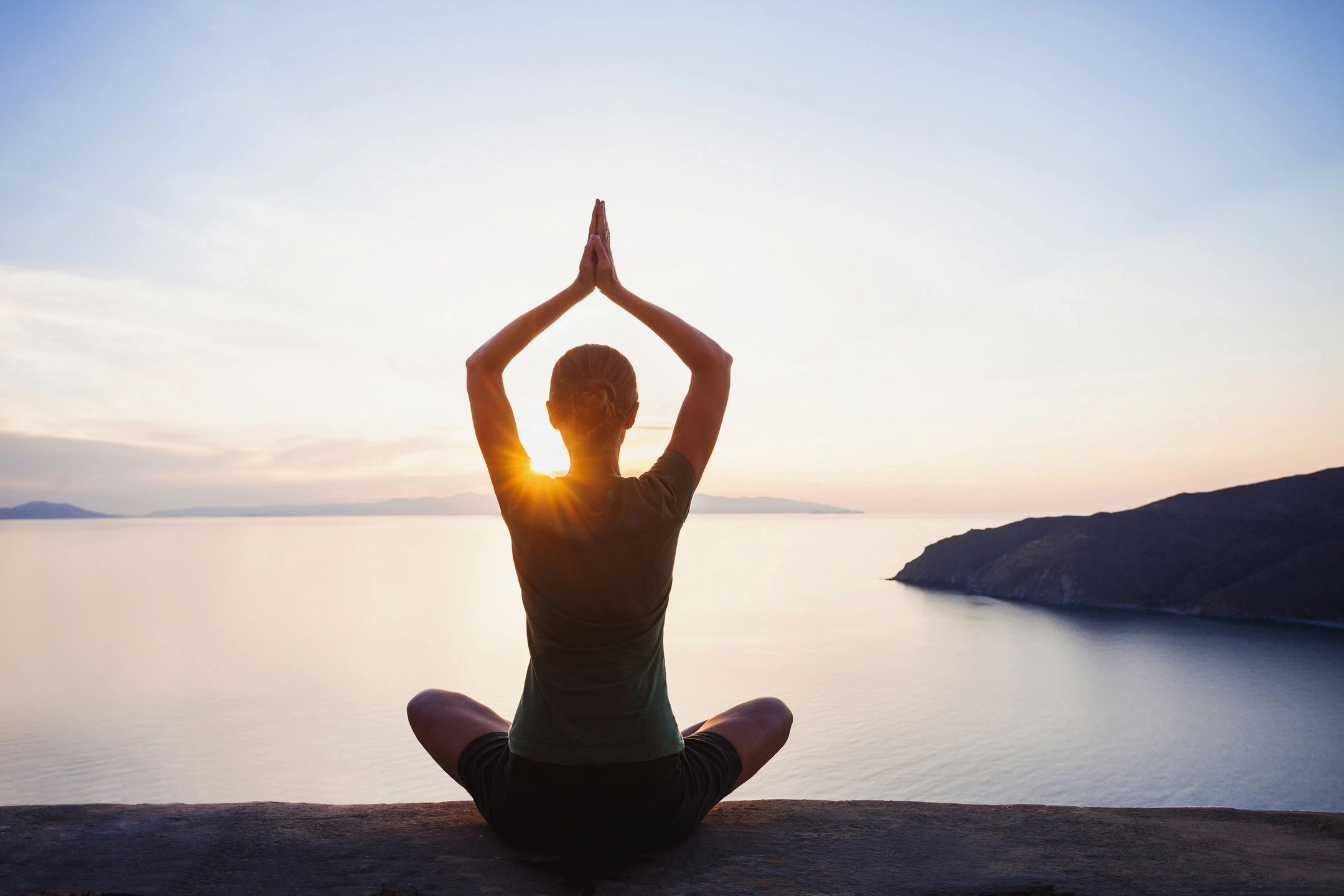
The word “Yoga” means “to yoke”, as in “to unite” and refers to the union of body, mind and spirit. Yoga is an ancient practice originating from India that combines physical poses, breathing techniques, and mental focus. When it comes to using yoga in a therapeutic session, getting a great workout isn’t the goal, though the physical advantages are countless (a google search will give you lots of useful information!) The mental and emotional benefits can be just as noticeable as the physical ones, and many people practice yoga regularly for “stress management” more than anything else.

Recently I was talking with a client (I’ll call her Hilary) about how she felt she was progressing in therapy. We had been doing yoga at almost every session, at least for part of the session, and I was curious to hear her thoughts. Her answer was very interesting and surprising to me. She said that she has noticed that her self-esteem had improved due to yoga because she is learning that it’s okay to take up space and have opinions (I always give clients options about what poses they want to do that day). Throughout her childhood and adolescence, Hilary experienced complex trauma which basically means she lived in a chaotic household with parents who were abusive and/or neglectful. Born into this frightening environment she learned that staying quiet and making herself as unnoticeable as possible decreased the likelihood of being berated and assaulted. It is no surprise that Hilary developed Complex PTSD and chronic anxiety just by living in her house. She wished she could disappear and live somewhere else. Her body unconsciously learned to adapt a hunched posture, literally making her appear smaller. Hunched shoulders often develop when a person has been through ongoing trauma, since this posture is protective of the vital organs (think of a boxer’s protective stance). Unfortunately, it’s difficult to breathe deeply and fully in this body position and thus causes decreased oxygen intake to the brain and organs. Adequate oxygen is necessary for maximum functioning of the human body, and a lack thereof can cause, among other problems, heightened anxiety.

In order to reverse this physical pattern, two things must happen. First, it’s necessary to teach the body repetitive movements that open up the chest and shoulders, expanding the rib cage and making more space for increased oxygen intake. Second, the body’s breathing mechanism must be reprogrammed, and breathing slowly and deeply during every pose is what makes yoga different from “just stretching.” Many yoga poses involve outstretched arms, and being in positions that expand the body. Hilary’s physical experience in our sessions was the very opposite of how she was used to being in her body during her childhood and it was freeing for her to know that she didn’t have to hide anymore. There are several yoga poses that she finds particularly helpful, and we come back to those again and again.

When we breathe slowly and deeply through the nose into the abdomen as well as the ribcage, it automatically slows down the heart rate, lowers blood pressure, and calms the mind. Bringing our conscious attention to breathing during yoga helps keep us grounded in the present moment as well as our bodies. Many complex trauma survivors have difficulty staying grounded and often find themselves feeling that they are “floating,” or not completely attached to their bodies. Hilary shared that what really helps her is when I direct her attention to her feet on the floor during yoga poses, and remind her to breathe deeply and often. One of my favorite things about yoga is that it is applicable in daily life, not just on the mat. For example, the quickest way I know to get grounded is to ask yourself “Where are my feet?”, and “Am I still breathing?” When you direct your attention to your feet and to your breathing, your mind immediately focuses on the physical sensations of your body and your present experience, thus interrupting whatever thoughts or emotions you may have been having. Some yoga postures feel a bit uncomfortable (not painful though!), and the idea is to learn to notice the physical sensations and breathe through them rather than resist them. When we fight feeling uncomfortable, we actually make it worse by creating a second layer of resistance. So by learning to soften and make space for all of our feelings, we end up feeling less stressed and better able to handle life. Trauma survivors often have a low tolerance for being uncomfortable because it seems like the feeling will never end (reminiscent of the trauma itself). When you hold a challenging yoga pose for 3 slow, deep breaths, it can feel like a long time, but then it’s over and you learn that the sensations are temporary and you can get through it! For a trauma survivor to learn that every feeling has a beginning, a middle, and an end is very freeing! Again, this is a way that yoga can translate into day to day life. You start making changes on your mat, and then you take those changes out into your life.
In writing this blog, I hope that you are inspired to try yoga and to think about yoga in a different way than perhaps you previously did. If you’re curious enough to explore more, feel free to schedule your free consultation and we can talk about how yoga might be helpful for you.
